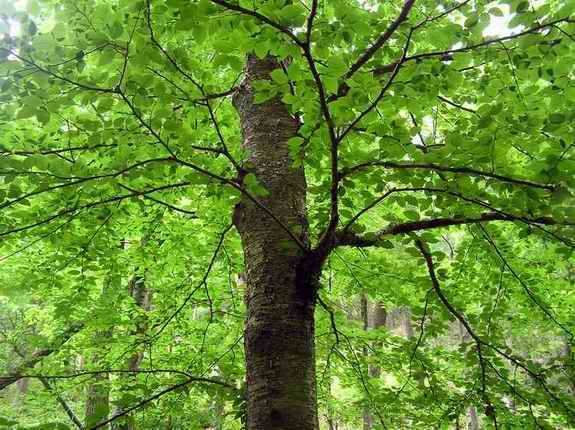Parsnip, queen annes lace, cattail, wild onions, chicory, etc... all of these roots are edible after prepared. They may not be as enticing as other things, but they are more than plentiful in the wild if you know what to look for.
Other edibles would be tasty treats like the toasted inner bark of the white pine or black birch tree, truffles (that grow on the roots of oak trees).
If you are lucky enough to score it, deliscious sweet sugar maple sap or even birch sap can be collected and used as a drink for a light sugary beverage (birch sap is not as sweet but can be boiled down just as sugar maple but it takes more sap than the maple does to make any kind of sugar/syrup. If the temp raises above ~45 degrees during the day but dips below freezing at night, you can tap a sugar maple well into Feb. Red maple, Black birch, hickory, and walnut can all be tapped for sap too though arent generally as fruitful.
 |
| White Pine Tree |
White Pine tree
Black Birch
sugar maple
harvesting wild cattails
Know your plants first. There are members of the hemlock family that look just like edible members of the carrot family, but will kill you dead. Be positive or be dead.



No comments:
Post a Comment